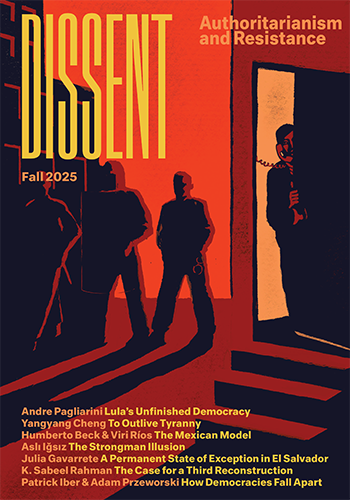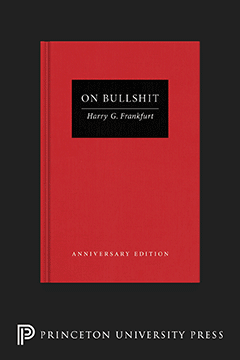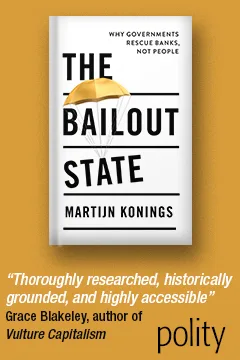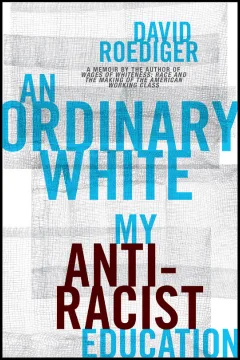Now that our distinguished liberal intellectuals have finished proclaiming “the end of ideology,” it begins to seem that we are entering an intensely ideological period in American history. After living in California only a few months, one discovers that the …
Sociology has long concentrated on the study of vertical social mobility, that is the movement of persons up or down the social hierarchy. I wish to point out here that the approach to this subject has so far been unduly …
Socialist parties in almost every country are today experiencing a crisis which affects their thinking, structure, strategy and tactics. To understand the basic reasons for this, we have to glance at the parties’ original nature, their present state and their …
In the Fall 1960 DISSENT, Irving Howe and Lewis Coser have aptly seized a political mood which is characteristic of many young Americans and offers the potentiality of a new upsurge of the idea of social protest. However, it is …
ON THERMONUCLEAR WAR, by Herman Kahn, Princeton, N. J.: Princeton University Press, 1961. Index. xx + 668 pp. “He was always sleepy. And always ready to sleep. Everywhere. At the biggest mass meetings, at all the concerts, at every important …
It is a long time now since craftsmen in the trade regarded with amusement any statements suggesting that publishing was a business—publishers had considered themselves gentlemen, not businessmen, and their declared concern had been with art, not commerce. But that …
For a full decade now—for a span of years that is gradually coming into focus as a historical epoch in its own right—the major countries of Western Europe have been living under conservative rule. This situation has created new and …
The letters column of the July ’61 number of Mad comics under the banner, “A Mad State of Affairs,” features a photograph of the daughter of the governor of North Carolina smilingly enthroned in bed with a batch of Mads. …
THE AMERICANS: Photographs by Robert Frank, introduction by Jack Kerouac. Grove Press. 1959. Shortly before Joe Hill was executed by the state of Utah, he requested that his ashes be scattered in every state of the union, except Utah. That …
Reading your special issue, Cuba: The Invasion and Its Consequences, was indeed a painful experience. In the aftermath of the Cuban “fiasco” surely more could be expected from a magazine that claims to be democratic socialist and radical than this …
The FLN Editors: In the Spring/1961 issue of Dissent your Paris correspondent, Paul Parisot, states that “The FLN is tied to the International Communist bloc and includes an internal tendency whose orientation, thought and fundamental political conceptions have nothing in …
WHEN THE SOVIET UNION resumed its testing of nuclear weapons, it was a catastrophe for mankind. When the United States announced several days later that it would start underground testing—it is not yet clear, at the time of writing, whether …
The New York newspapers called him “Dag,” but no one else dared to address the Secretary General of the United Nations by any but his father’s name. In referring to him, diplomats, personnel, newspapermen, and underlings knowingly said “the G.S.” …
The German voters have expressed their dissatisfaction with the foreign policy of Chancellor Konrad Adenauer whom. the socialist leader Dr. Schumacher once, in a premeditated rash of nationalist anger dubbed “the Chancellor of the Allies.” The Socialist vote increased by …
One of the first things to strike an outsider about San Francisco is the respect and esteem in which longshoremen are held by the rest of the community. They are good credit risks; they are homeowners (yes, some have swimming …







